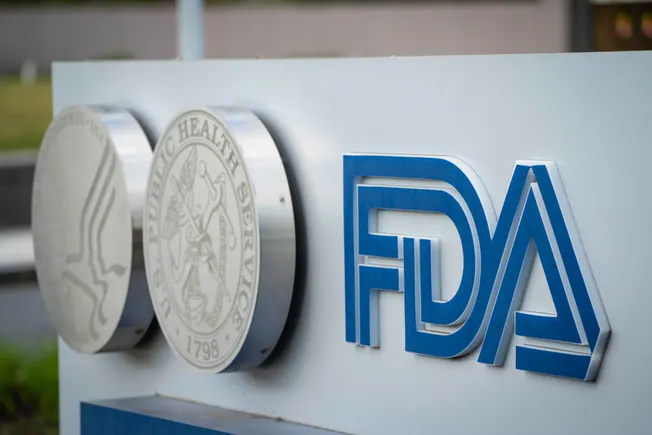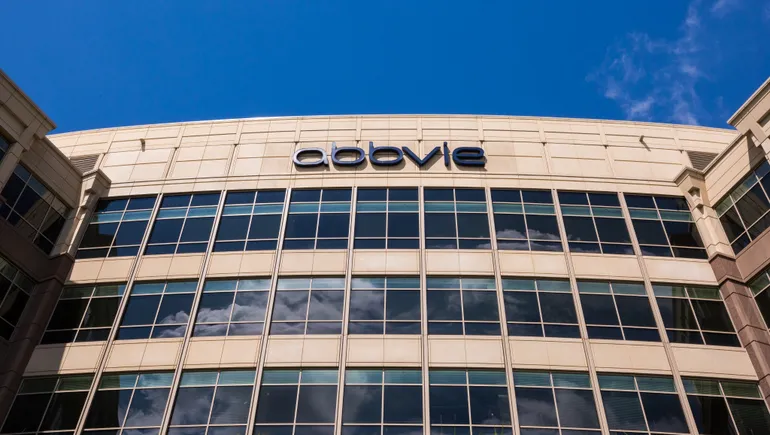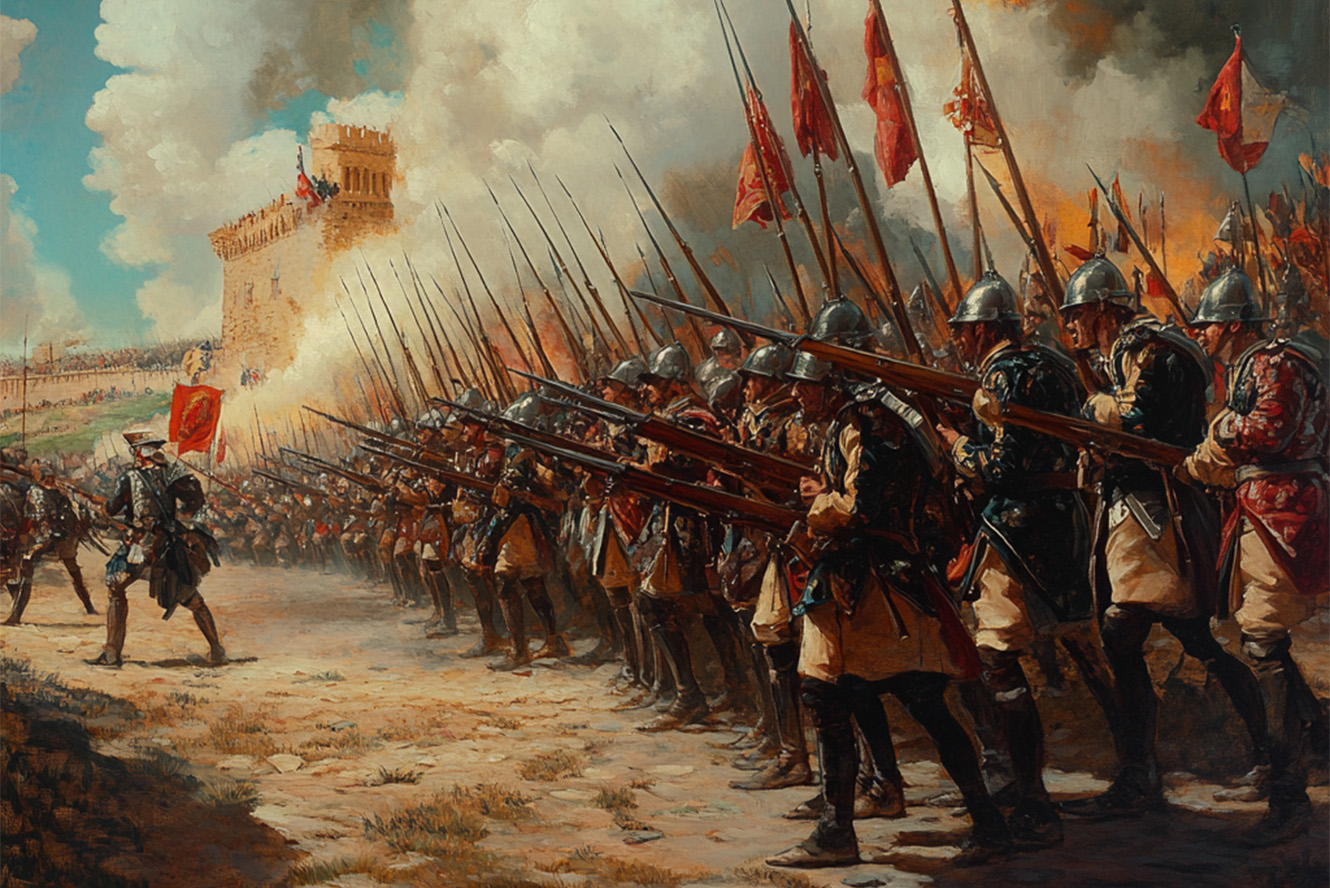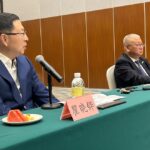Phosphatase-independent activity of smooth-muscle calcineurin orchestrates a gene expression program leading to hypertension
by Paula Sofía Yunes-Leites, Yilin Sun, Sara Martínez-Martínez, Álvaro Alfayate, Marta Toral, María José Méndez-Olivares, Ángel Colmenar, Ana Isabel Torralbo, Dolores López-Maderuelo, Sergio Mateos-García, David N. Cornfield, Jesús Vázquez, Juan Miguel Redondo, Miguel R. Campanero Angiotensin-II (Ang-II) drives pathological vascular wall remodeling in hypertension and abdominal aortic aneurysm (AAA) through mechanisms that are not completely understood. Previous studies showed that the phosphatase activity of calcineurin (Cn) mediates Ang-II-induced AAA, but the cell type involved in the action of Cn in AAA formation remained unknown. Here, by employing newly created smooth muscle cell (SMC)-specific and endothelial cell (EC)-specific Cn-deficient mice (SM-Cn−/− and EC-Cn−/− mice), we show that Cn expressed in SMCs, but not ECs, was required for Ang-II-induced AAA. Unexpectedly, SMC Cn also played a structural role in the early onset and maintenance of Ang-II-induced hypertension, independently of its known phosphatase activity. Among the signaling pathways activated by Ang-II, Cn signaling is essential in SMCs, as nearly 90% of the genes regulated by Ang-II in the aorta required Cn expression in SMCs. Cn orchestrated, independently of its enzymatic activity, the induction by Ang-II of a transcriptional program closely related to SMC contractility and hypertension. Cn deletion in SMCs, but not its pharmacological inhibition, impaired the regulation of arterial contractility. Among the genes whose regulation by Ang-II required Cn expression but not its phosphatase activity, we discovered that Serpine1 was critical for Ang-II-induced hypertension. Indeed, pharmacological inhibition of PAI-1, the protein encoded by Serpine1, impaired SMCs contractility and readily regressed hypertension. Mechanistically, Serpine1 induction was mediated by Smad2 activation via the structural role of Cn. These findings uncover an unexpected role for Cn in vascular pathophysiology and highlight PAI-1 as a potential therapeutic target for hypertension.
by Paula Sofía Yunes-Leites, Yilin Sun, Sara Martínez-Martínez, Álvaro Alfayate, Marta Toral, María José Méndez-Olivares, Ángel Colmenar, Ana Isabel Torralbo, Dolores López-Maderuelo, Sergio Mateos-García, David N. Cornfield, Jesús Vázquez, Juan Miguel Redondo, Miguel R. Campanero Angiotensin-II (Ang-II) drives pathological vascular wall remodeling in hypertension and abdominal aortic aneurysm (AAA) through mechanisms that are not completely understood. Previous studies showed that the phosphatase activity of calcineurin (Cn) mediates Ang-II-induced AAA, but the cell type involved in the action of Cn in AAA formation remained unknown. Here, by employing newly created smooth muscle cell (SMC)-specific and endothelial cell (EC)-specific Cn-deficient mice (SM-Cn−/− and EC-Cn−/− mice), we show that Cn expressed in SMCs, but not ECs, was required for Ang-II-induced AAA. Unexpectedly, SMC Cn also played a structural role in the early onset and maintenance of Ang-II-induced hypertension, independently of its known phosphatase activity. Among the signaling pathways activated by Ang-II, Cn signaling is essential in SMCs, as nearly 90% of the genes regulated by Ang-II in the aorta required Cn expression in SMCs. Cn orchestrated, independently of its enzymatic activity, the induction by Ang-II of a transcriptional program closely related to SMC contractility and hypertension. Cn deletion in SMCs, but not its pharmacological inhibition, impaired the regulation of arterial contractility. Among the genes whose regulation by Ang-II required Cn expression but not its phosphatase activity, we discovered that Serpine1 was critical for Ang-II-induced hypertension. Indeed, pharmacological inhibition of PAI-1, the protein encoded by Serpine1, impaired SMCs contractility and readily regressed hypertension. Mechanistically, Serpine1 induction was mediated by Smad2 activation via the structural role of Cn. These findings uncover an unexpected role for Cn in vascular pathophysiology and highlight PAI-1 as a potential therapeutic target for hypertension.



















































































































































